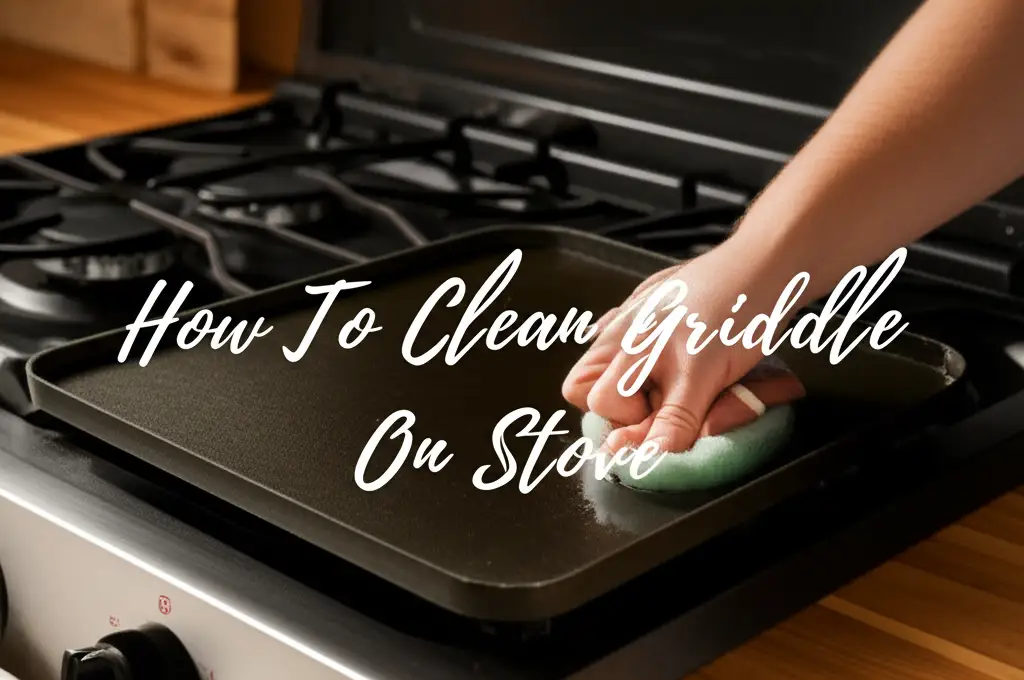· Home Cleaning · 6 min read
how to count windows for cleaning

How to Count Windows for Cleaning: A Simple Guide
Ever wondered how window cleaning companies come up with their prices? A big part of that is accurately counting the windows! Getting an accurate window count isn’t just for professionals; it’s helpful if you’re planning a DIY cleaning day or getting quotes from different services. This article will walk you through a straightforward method for counting windows, ensuring you get a fair price or can properly plan your cleaning efforts. We’ll cover different window types, tricky situations, and even provide a handy checklist.
Here’s a quick answer: To count windows for cleaning, measure each pane of glass, not the entire frame. Count single-hung, double-hung, casement, and sliding windows as one unit. French doors and skylights are typically counted as windows. Don’t forget basement windows or any other glass you want cleaned!
Takeaway:
- Count each pane of glass, not the entire window frame.
- Treat different window types (single-hung, casement, etc.) as single units.
- Include all windows, even those in basements or hard-to-reach areas.
Why Accurate Window Counting Matters
Before diving into how to count, let’s talk about why it’s so important. An incorrect window count can lead to misunderstandings and inaccurate quotes. For homeowners, this means potentially overpaying for services. For cleaning professionals, it means wasted time and potential disputes with clients. Accurate counting ensures transparency and a smooth cleaning experience for everyone involved. It also helps you budget effectively if you’re tackling the job yourself, allowing you to purchase the right amount of cleaning supplies.
Understanding Different Window Types
Not all windows are created equal, and this impacts how you count them. Understanding the different types will help you avoid confusion. Here’s a breakdown of common window styles and how to approach counting them:
- Single-Hung Windows: These windows have a fixed upper sash and a movable lower sash. Count these as one window.
- Double-Hung Windows: Both the upper and lower sashes are movable. Again, count these as one window.
- Casement Windows: These windows are hinged on the side and crank open outward. Count each casement window as one window.
- Sliding Windows: These windows slide horizontally. Count each sliding window as one window.
- Picture Windows: These are fixed windows that don’t open. Count these as one window.
- Bay Windows: These windows project outward and consist of multiple panes. Count each pane of glass within the bay window.
- Bow Windows: Similar to bay windows, but with a more curved shape. Count each pane of glass within the bow window.
- Transom Windows: These are small windows above doors or other windows. Count these as one window each.
The Pane-by-Pane Counting Method
The most accurate way to count windows is by focusing on the panes of glass. Forget about the frame; you’re counting the individual glass surfaces that need cleaning. This method eliminates ambiguity and ensures consistency. Here’s how to do it:
- Walk around your home: Start at one point and systematically move from room to room.
- Identify each pane: Look at each window and identify each individual pane of glass.
- Tally as you go: Use a notepad or your phone to keep a running tally. Don’t rely on memory!
- Double-check: Once you’ve gone through the entire house, walk through again to verify your count. It’s easy to miss one, especially in larger homes.
- Consider both sides: If the exterior and interior of the window require cleaning, you might want to note this separately for estimating cleaning time or supply needs.
Don’t Forget These Often-Missed Windows!
It’s easy to focus on the large, obvious windows, but don’t overlook these often-forgotten areas. These can add up quickly and significantly impact the final count.
- Basement Windows: These are often small and partially underground, making them easy to miss.
- Garage Windows: Don’t forget any windows in your garage, even if they’re high up.
- Skylights: These windows are located in the roof and require special cleaning techniques.
- French Doors: These doors typically have multiple panes of glass and should be counted as windows.
- Side Lights: These are narrow windows flanking a doorway.
- Transom Windows: Small windows above doors or other windows.
- Stained Glass Windows: These should be counted like any other window, but note they may require specialized cleaning.
Creating a Window Cleaning Checklist
A checklist can help you stay organized and ensure you don’t miss any windows. Here’s a sample checklist you can adapt to your home:
- Exterior Windows:
- Front of House: [ ]
- Back of House: [ ]
- Left Side: [ ]
- Right Side: [ ]
- Interior Windows:
- Living Room: [ ]
- Kitchen: [ ]
- Bedrooms: [ ]
- Bathrooms: [ ]
- Hallways: [ ]
- Specialty Windows:
- Basement Windows: [ ]
- Garage Windows: [ ]
- Skylights: [ ]
- French Doors: [ ]
- Side Lights: [ ]
- Transom Windows: [ ]
Fill in the number of windows in each category as you count. This provides a clear and concise overview of your total window count.
Getting an Accurate Estimate from a Professional
If you’re hiring a professional window cleaning service, providing them with an accurate window count is crucial. Here are some tips:
- Do your homework: Count the windows yourself using the methods described above.
- Be specific: Clearly communicate the window count to the cleaning company.
- Point out tricky areas: Let them know about any hard-to-reach windows or special considerations.
- Get a written estimate: Ensure the estimate clearly outlines the window count and the associated cost.
- Ask questions: Don’t hesitate to ask the cleaning company to explain their pricing and how they arrived at the estimate. Understanding the breakdown will help you feel confident in your decision. You can also ask about their process for handling windows, like whether they use purified water, as described in this article on how to clean outside windows upstairs.
FAQ About Counting Windows for Cleaning
Q: Do I count window panes or entire windows? A: You should count each pane of glass, not the entire window frame. This provides the most accurate count for pricing and planning.
Q: How do I count bay windows? A: Count each pane of glass within the bay window. Bay windows typically have multiple panes, so be sure to count them all individually.
Q: What about French doors? A: French doors should be counted as windows. Count each pane of glass in the door.
Q: Should I include basement windows in the count? A: Yes, include all windows you want cleaned, even those in the basement. These are often overlooked but should be included for an accurate estimate.
Q: Is it okay to estimate the window count? A: While estimating is possible, it’s best to be as accurate as possible. An inaccurate count can lead to unexpected costs or incomplete cleaning.
Conclusion
Counting windows for cleaning might seem simple, but accuracy is key. By following the pane-by-pane method, remembering to include often-missed windows, and using a checklist, you can ensure a fair price from a cleaning service or properly plan your DIY cleaning day. Remember, the goal is to accurately represent the amount of work involved. Knowing [how to count windows for cleaning] empowers you to get the best possible results, whether you’re tackling the job yourself or hiring a professional. Don’t hesitate to double-check your work and ask questions to ensure a smooth and transparent cleaning experience.
- how to count windows for cleaning
- window cleaning estimate
- counting windows




